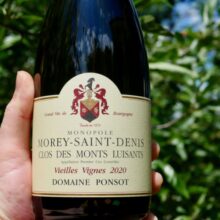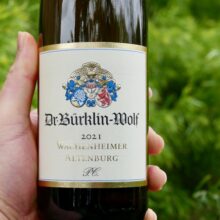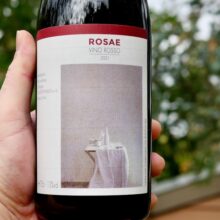In France, the appellation d’origine contrôlée (“controlled designation of origin”), or AOC, is a certification of authenticity and quality granted to certain geographical indications for agricultural products, including cheese, meats, butter and most importantly, wine. It is a system governed by the Institut national de l’origine et de la qualité (INAO), and is based upon ideas of terroir and a form of geographic and cultural protection.
France established the INAO in 1935 in an effort to control the reputation of wine and other cultural foods. Support for the creation of the AOC itself was in large part due to winemaker Baron Pierre Le Roy, which led to the first designated AOC: Châteauneuf-du-Pape.
By 1937, the establishment of the AOC for classic winemaking regions such as Bordeaux, Burgundy, and Champagne took place, setting about standards and rules that are still in effect today. For example, AOC laws ensure that if you buy a bottle of French wine labelled “Champagne,” you’re getting a sparkling wine made in the traditional method from the region of Champagne with Chardonnay, Meunier, and/or Pinot Noir.
There are currently over 300 French wines entitled to the designation AOC on their label, along with several potential designations within an AOC that reflect location and quality. For example:
- Regional: This refers to the broadest sense of an AOC. Examples: Bordeaux, Burgundy.
- Sub-Regional: Within those regions are smaller subregions known for more specific wine or terroir. Examples: Bordeaux’s Médoc sub-region, Burgundy’s Chablis sub-region.
- Commune/Village: Narrowing further within a subregion, these areas are sometimes only a few miles in scope. Examples: Pauillac in Médoc, Côtes d’Auxerre in Chablis.
- Special Classification: An AOC might be further specified for quality at this point, indicating a Cru, which refers to a specific vineyard or group of vineyards typically recognized for quality.
Similar systems exist in other European countires, such as the Denominazione di Origine Controllata in Italy.
« Back to Wine Words Index


